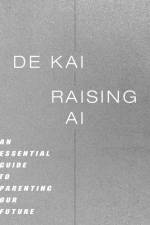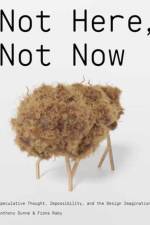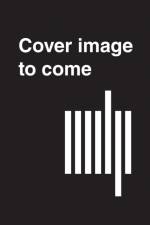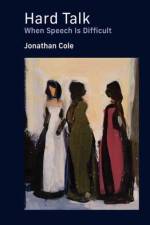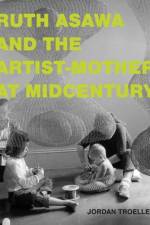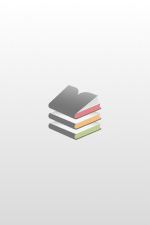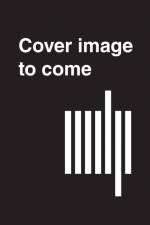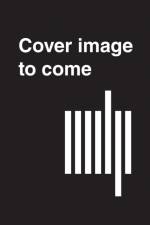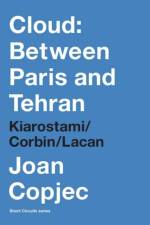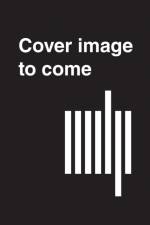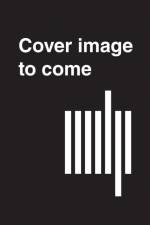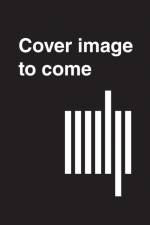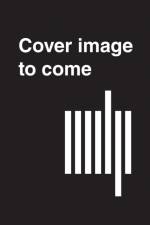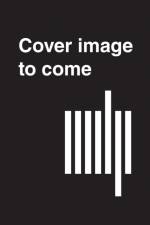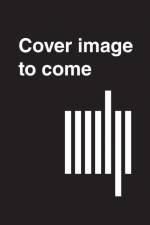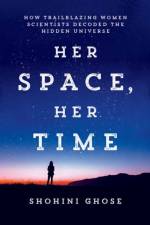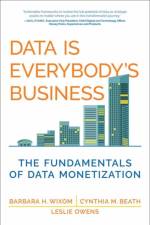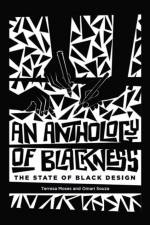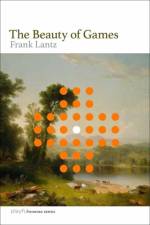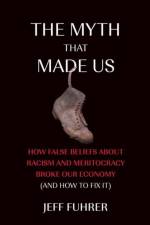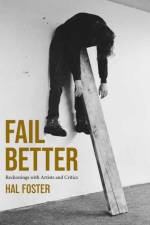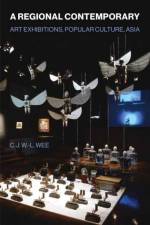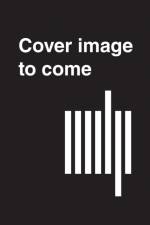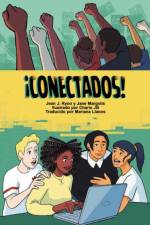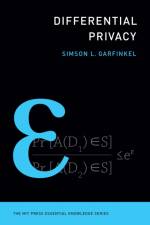av Terresa Moses
309,-
An adventurous collection that examines how the design field has consistently failed to attract and support Black professionals—and how to create an anti-racist, pro-Black design industry instead.An Anthology of Blackness examines the intersection of Black identity and practice, probing why the design field has failed to attract Black professionals, how Eurocentric hegemony impacts Black professionals, and how Black designers can create an anti-racist design industry. Contributing authors and creators demonstrate how to develop a pro-Black design practice of inclusivity, including Black representation in designed media, anti-racist pedagogy, and radical self-care. Through autoethnography, lived experience, scholarship, and applied research, these contributors share proven methods for creating an anti-racist and inclusive design practice. The contributions in An Anthology of Blackness include essays, opinion pieces, case studies, and visual narratives. Many contributors write from an intersectional perspective on race, gender, sexuality, ethnicity, and ability. Each section of the book expands on community-driven concerns about the state of the design industry, design pedagogy, and design activism. Ultimately, this articulated intersection of Black identity and Black design practice reveals the power of resistance, community, and solidarity—and the hope for a more equitable future. With a foreword written by design luminary Elizabeth (Dori) Tunstall, An Anthology of Blackness is a pioneering contribution to the literature of social justice.ContributorsKprecia Ambers, Jazmine Beatty, Anne H. Berry, John Brown VI, Nichole Burroughs, Antionette D. Carroll, Jillian M. Harris, Asher Kolieboi, Terrence Moline, Tracey L. Moore, Lesley-Ann Noel, Pierce Otlhogile-Gordon, Jules Porter, Stacey Robinson, Melanie Walby, Jacinda N. Walker, Kelly Walters, Jennifer White-Johnson, Maya Aduba Williams, S. Alfonso Williams

